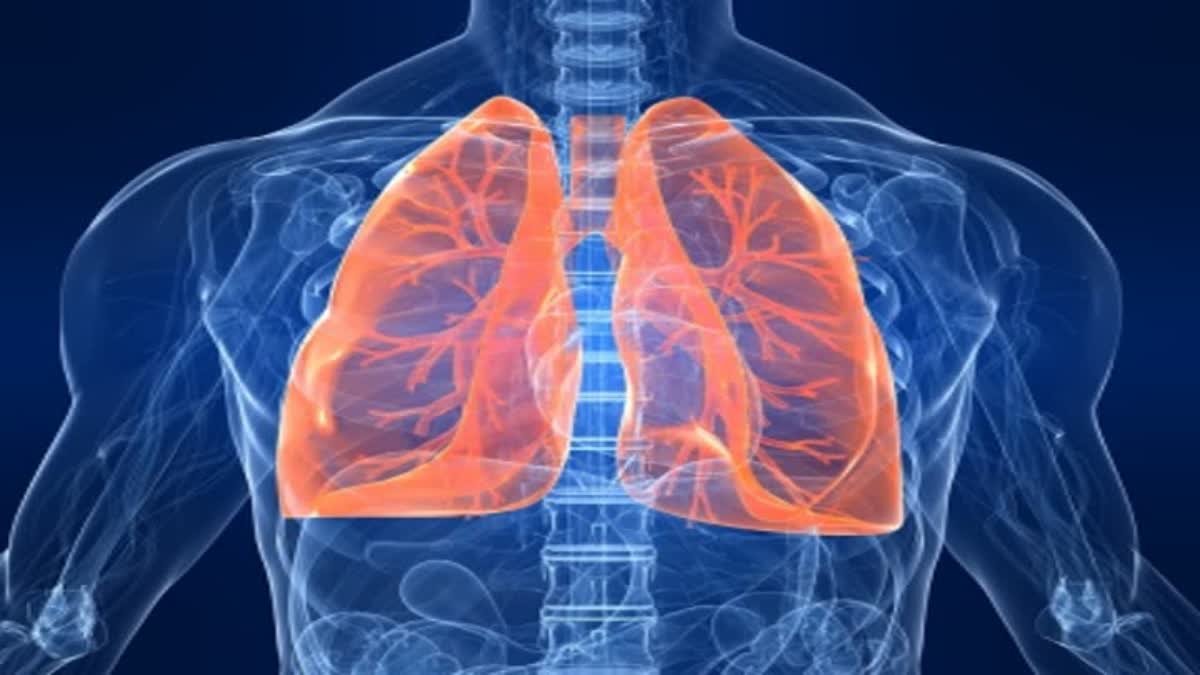New York: Lung cancer has traditionally been thought of as a "smoker's disease". However, the tremendous rise of the deadly disease in non-smokers indicates their long-term, high exposures to radon gas, according to a study.
Radon gas is colourless and odourless and emitted from the breakdown of radioactive material naturally occurring underground that then seeps through building foundations. The gas can silently linger and accumulate in people's lungs and homes, and cannot be detected unless tested.
Data indicates that about 15-20 per cent of newly diagnosed lung cancers occur in people who have never smoked, many of whom are in their 40s or 50s.
"Anyone with lungs can develop lung cancer, and as a community, we should be aware and concerned about radon exposure because it's thought to be one of the leading causes of lung cancer in never-smokers -- and there is something we can do to reduce our risk," said David Carbone, a thoracic medical oncologist at The Ohio State University in the US.
Carbone informed that there are relatively simple tests that can measure radon in the home and aid in actions to reduce its exposure.
This includes installing outside the home a radon remediation system that sucks air from the basement, where radon gas typically lingers. Increasing airflow by opening windows using fans/venting in your home, and sealing cracks in the floors, walls, and foundation is also important.
Further, Carbone called for potential legislation to require radon testing at schools, at places of business, and during home sales to help reduce community risk. The effects of radon on the lungs are cumulative and can be delayed by decades.
"So your children playing in your basement or going to school today, exposed to unknown levels of radon, could be at risk for developing lung cancer 10, 20, 30 years from now," Carbone said.
"And because the gas is totally colourless and odourless, you would have no idea you were being exposed unless you knew the importance of proactively testing."
Read More



